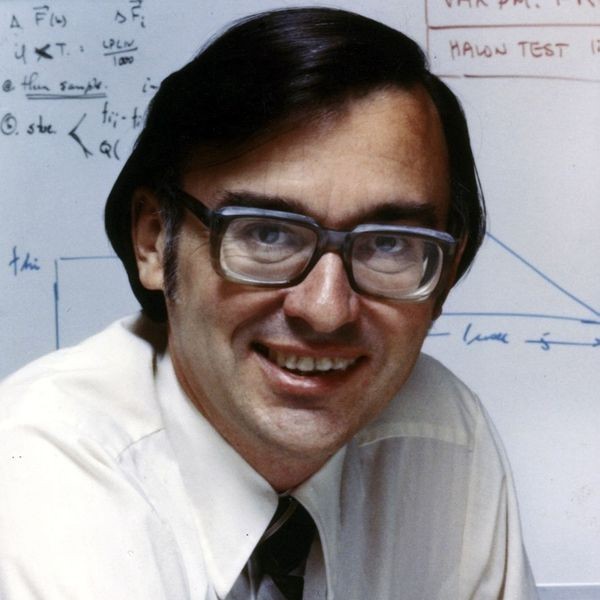Who discovered the microprocessor and when?
Ted Hoff, born 1937 at Intel in the late 1960s, was designing several different calculators for a Japanese customer. As it is known, normally it is sufficient to use a few integrated circuits (silicon chips) to produce a calculator.

Although these chips were small enough to be used in portable calculators, programmable computers capable of many different operations were still very large devices at that time. This is where our story of the invention of the microprocessor began.
Marcian Edward "Ted" Hoff Jr. (born October 28, 1937 in Rochester, New York) is one of the inventors of the microprocessor. Hoff was featured in an Intel advertisement, calling him the "rock star" of Intel and comparing him to the rock stars of American culture.
It was an unavoidable idea to be able to combine the small size of integrated circuits with the power of programmable computers. Hoff decided to make a single integrated circuit that could do a lot of different things. With his fellow engineers Stan Mazor and Federico Faggin joining him, Hull was able to integrate an entire computer into a single silicon chip. Although all of the calculators he developed used the same silicon chip, each different calculator model sent different operations that the silicon chip had to do to the chip and began to get results from this chip accordingly.
Intel soon realized that a handheld that took up an entire room just a decade ago was now, so to speak, in their palms. After signing an agreement with the calculator manufacturer, Intel gained the right to sell this microprocessor model it developed to other customers. The company released its first microprocessor, the Intel 4004, in 1971.
The 4004, the first commercial microprocessor, also pioneered a technology that would conquer the world in the 1970s and 1980s. Microprocessors freed computers from those old, large, ventilated corporate cellars, paving the way for integrating them first into homes, then into cars and even washing machines.
